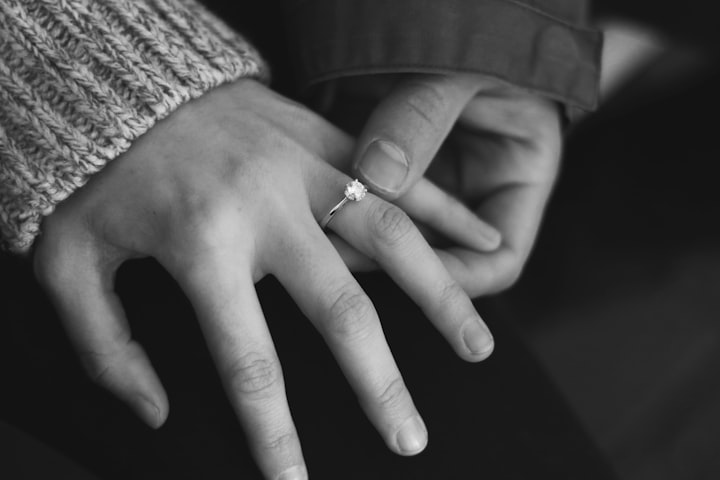
Russian wedding traditions are quite different from what most American and European cultures are used to. Naturally, there are some people who chose to mirror the European/Western traditions, but most weddings follow a rather traditional protocol of events.
The first major difference is that Russian culture really does not have a process of engagement, as common for American culture, for example. Normally, a man will ask a woman if she will marry him, without any extra fuss. No ring is given, only closest relatives and friends are informed about this; a nice gesture can be to get your lady something special on that day, but it is also not mandatory. Depending on each family's expectations, the future son-in-law may want to talk to the bride's parents in advance about asking for their daughter's hand - this will be considered a nice gesture, but many couples also do not follow it.
Most weddings are typically planned rather quickly (within 1-3 months). One of the main reasons for the wait is usually the department of wedding registration (also responsible for registering death, birth, divorce, and other changes in civil status - in Russian called ZAGS). The couple must submit a written application about their intent to register marriage, after which they are given a list of available dates - with at least one month of "waiting period", which is supposed to give the couple enough time to think the decision over or change their mind. After the application, the two are formally considered the bride and groom (or as "having handed in the application"), the term "engaged" is not used.
The actual planning of a wedding can be considered rather simple in comparison with the US or Europe. The main articles for it are rings, dress for the bride/suit for the groom, transportation, and reception. There are no invitations to send out prior to the event, no bridesmaids, church decorations, no flower girls, etc.
The only set of rings (the ones that are actually exchanged on the day of the wedding) is normally bought together, and is the groom's responsibility financially wise. These rings are plain gold bands; there are no diamonds to be a girl's best friend. The rings are worn on the right hand, instead of left (same finger); wearing the wedding ring on the left hand means that a person is divorced or widowed. Ring sizes are measured in millimeters by diameter (i.e. size 16 means the ring is 16 mm in diameter).

The dresses are usually much less elaborate than common in marriages abroad. In the past, most women would make their own dress for the wedding. However, now the tendency has shifted to buying or renting (the least expensive option) a dress; accessories can also be rented. Most dresses are white in color; it is rare to have pale shades as an alternative. Groom's suit can be any dressy suit, and is normally purchased so that it could be worn again (to banquet, job interviews, special occasions, etc).
Transportation is also an important part of the wedding day, as the cortege should be noticeable (the more cars, the better!). Most people do not own cars, and it is common for the couple to hire the ride as well as have some friends/relatives who own cars join the procession. The cars are used to take the groom to the Russian bride's home (a loud occasion, so all neighbors hear that a wedding it going on), to ZAGS, and to reach the reception.
The older tradition was for the Russian bride's family to pay for the reception after the wedding registration at ZAGS, however, today more couples have their families share such expenses. To greet guests at home used to be a more popular (affordable) option, which is still widely practiced by people who own homes (so that tables for guests can be comfortably located in the front yard). Nowadays, more couples chose to celebrate in a caf? or restaurant. Some establishments will allow for the couple to bring some food/drinks in addition to ordering from the restaurant menu, this helps to make the event less expensive. Naturally, one of the main things to worry about is to have enough liquor for the celebration. Drinking alcohol is a traditional part of any celebration, and in the case with wedding - the more, the better! The proverb "Unless the guests are drunk and had a fight, the wedding was not successful" says it all. It is also common for Russian weddings to boast abundant tables with food - it is the day when the families of bride and groom have to feed their guests to the maximum.
Having all these things planned does not take much time, and once the list is completed, you can be considered ready for the wedding itself.
About the Creator
Karpenaru
Knowledgeispower.






Comments
There are no comments for this story
Be the first to respond and start the conversation.